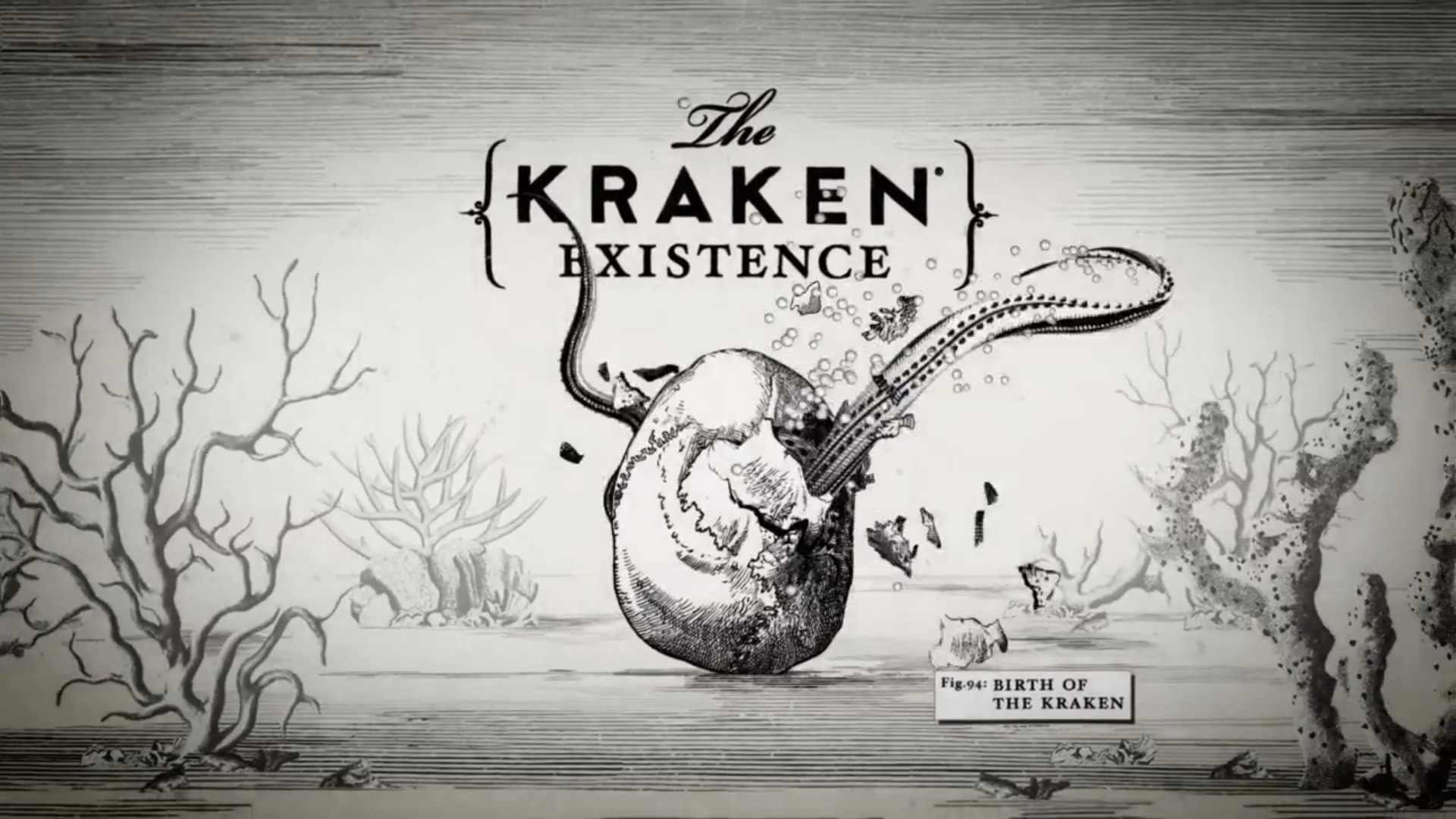HOW :: Data is Storage Inside Ceph Cluster
This is something definitely your would be wondering about , How Data _ _ _ Ceph Cluster ?
Now showing a easy to understand ceph data storage diagram.
## POOLS : Ceph cluster has POOLS , pools are the logical group for storing objects .These pools are made up of PG ( Placement Groups ). At the time of pool creation we have to provide number of placement groups that the pool is going to contain , number of object replicas ( usually takes default value , if other not specified )
- Creating a pool ( pool-A ) with 128 placement groups
# ceph osd pool create pool-A 128
pool 'pool-A' created
- Listing pools
# ceph osd lspools
0 data,1 metadata,2 rbd,36 pool-A,
- Find out total number of placement groups being used by pool
# ceph osd pool get pool-A pg_num
pg_num: 128
- Find out replication level being used by pool ( see rep size value for replication )
# ceph osd dump | grep -i pool-A
pool 36 'pool-A' rep size 2 min_size 1 crush_ruleset 0 object_hash rjenkins pg_num 128 pgp_num 128 last_change 4051 owner 0
- Changing replication level for a pool ( compare from above step , rep size changed )
# ceph osd pool set pool-A size 3
set pool 36 size to 3
#
# ceph osd dump | grep -i pool-A
pool 36 'pool-A' rep size 3 min_size 1 crush_ruleset 0 object_hash rjenkins pg_num 128 pgp_num 128 last_change 4054 owner 0
This means all the objects of pool-A will be replicated 3 times on 3 different OSD's
Now , Putting some data in pool-A , and data would be stored in the form of objects :-) thumb rule.
# dd if=/dev/zero of=object-A bs=10M count=1
1+0 records in
1+0 records out
10485760 bytes (10 MB) copied, 0.0222705 s, 471 MB/s
#
# dd if=/dev/zero of=object-B bs=10M count=1
1+0 records in
1+0 records out
10485760 bytes (10 MB) copied, 0.0221176 s, 474 MB/s
#
- Putting some objects in pool-A
# rados -p pool-A put object-A object-A
# rados -p pool-A put object-B object-B
- checking how many objects does the pool contains
# rados -p pool-A ls
object-A
object-B
#
## PG ( Placement Group ): Ceph cluster links objects --> PG . These PG containing objects are spread across multiple OSD and improves reliability.
## Object : Object is the smallest unit of data storage in ceph cluster , Each & Everything is stored in the form of objects , thats why ceph cluster is also known as Object Storage Cluster. Objects are mapped to PG , and these Objects / their copies always spreaded on different OSD. This is how ceph is designed.
- Locating object , to which PG it belongs and stored where ??
# ceph osd map pool-A object-A
osdmap e4055 pool 'pool-A' (36) object 'object-A' -> pg 36.b301e3e8 (36.68) -> up [122,63,62] acting [122,63,62]
#
# ceph osd map pool-A object-B
osdmap e4055 pool 'pool-A' (36) object 'object-B' -> pg 36.47f173fb (36.7b) -> up [153,110,118] acting [153,110,118]
#
Now , we already created a pool-A , changed its replication level to 3 , added objects ( object-A and object-B ) to pool-A . Observe the above output. It throws a lot of information
- OSD map version id is e4055
- pool name is pool-A
- pool id is 36
- object name ( which was enquired , object-A and object-B )
- Placement Group id to which this object belongs is ( 36.68 ) and ( 36.7b )
- Our pool-A has replication level set to 3 , so every object of this pool should have 3 copies on different OSD , here our object's 3 copies resides on OSD.122 , OSD.63 and OSD.62
- Login to ceph nodes containing OSD 122 , 63 and 62
- You can see your OSD mounted
# df -h /var/lib/ceph/osd/ceph-122
Filesystem Size Used Avail Use% Mounted on
/dev/sdj1 2.8T 1.8T 975G 65% /var/lib/ceph/osd/ceph-122
#
- Browse to the directory where ACTUAL OBJECTS are stored
# pwd
/var/lib/ceph/osd/ceph-122/current
#
- Under this directory if you do a ls command , you will see PG ID , In our case the PG id is 36.68 for object-A
# ls -la | grep -i 36.68
drwxr-xr-x 1 root root 54 Jan 24 16:45 36.68_head
#
- Browse to the PG head directory , give ls and Here you go you reached to your OBJECT.
# pwd
/var/lib/ceph/osd/ceph-122/current/36.68_head
#
# ls -l
total 10240
-rw-r--r-- 1 root root 10485760 Jan 24 16:45 object-A__head_B301E3E8__24
#
Moral of the Story
- Ceph storage cluster can have more than one Pools
- Each pool SHOULD have multiple Placement Groups . More the PG , better your cluster performance , more reliable your setup would be.
- A PG contains multiple Objects.
- A PG is spreaded on multiple OSD , i.e Objects are spreaded across OSD. The first OSD mapped to PG will be its primary OSD and the other ODS's of same PG will be its secondary OSD.
- An Object can be mapped to exactly one PG
- Many PG's can be mapped to ONE OSD
How much PG you need for a POOL :
# ceph osd stat
osdmap e4055: 154 osds: 154 up, 154 in
#
Applying formula gives me = ( 154 * 100 ) / 3 = 5133.33
Now , round up this value to the next power of 2 , this will give you the number of PG you should have for a pool having replication size of 3 and total 154 OSD in entire cluster.
Final Value = 8192 PG






